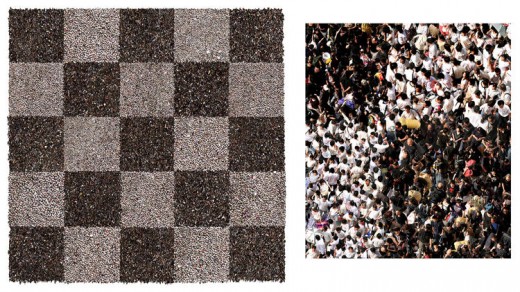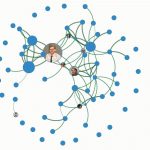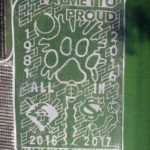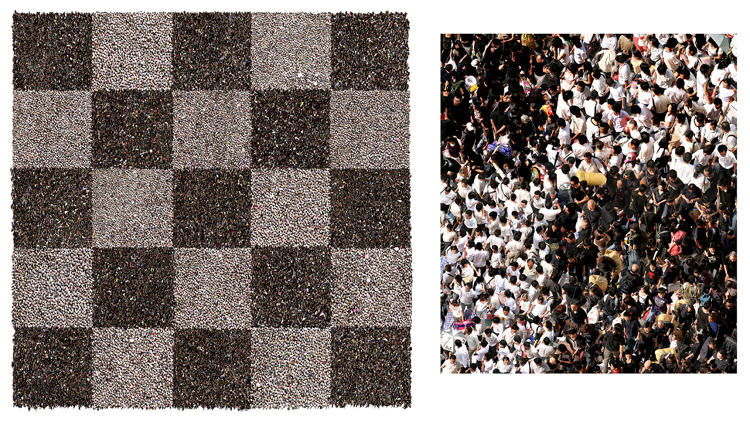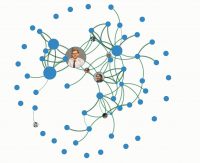Artist Creates Plaid Mosaics From heaps of individuals
Zhang Bojun’s “plaid” images are made of hundreds of individuals photoshopped collectively.
January 7, 2015
greater than seven years ago, Beijing artist Zhang Bojun started out photographing passersby on his daily walks. Over time, he digitally edited these images, weaving them into more than three-foot-broad tapestries, every composed of hundreds of people. When seen from a distance, the photo composites seem as plaid patterns. His collection, We, displays both the uniformity of huge groups and each and every individual’s individuality among them. Zhang writes that “each person is a mirror through which i will be able to see myself.” He created this series partially to highlight the “survival strategies” of the many migrant workers who come to China’s cities on the lookout for work, and the way these fit into a larger image of social hierarchy. Zhang’s work is on view at OFOTO Gallery in Shanghai except January 20.
[via pictures of China]
greater than seven years in the past, Beijing artist Zhang Bojun commenced photographing passersby on his day-to-day walks. Over time, he digitally edited these photographs, weaving them into greater than three-foot-wide tapestries, every composed of thousands of people. When viewed from a distance, the photograph composites appear as plaid patterns. His collection, We, reflects each the uniformity of huge groups and each and every individual’s individuality amongst them. Zhang writes that “every particular person is a reflect in which i will be able to see myself.” He created this collection partly to focus on the “survival strategies” of the various migrant staff who come to China’s cities looking for work, and how these fit into a larger picture of social hierarchy. Zhang’s work is on view at OFOTO Gallery in Shanghai until January 20.
[by means of images of China]
(99)

